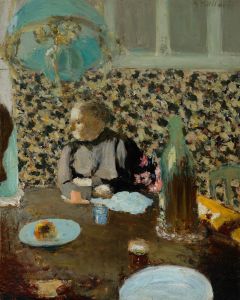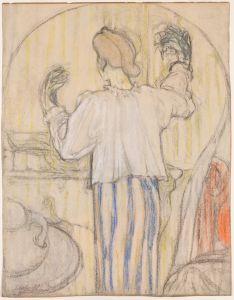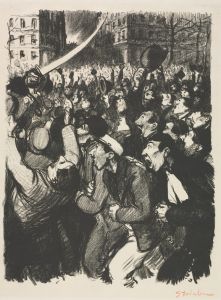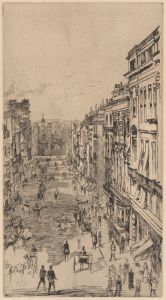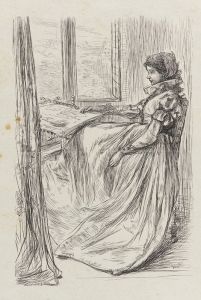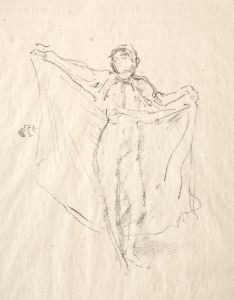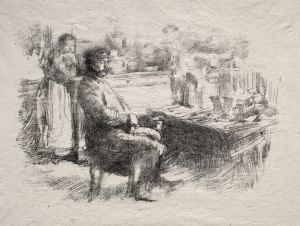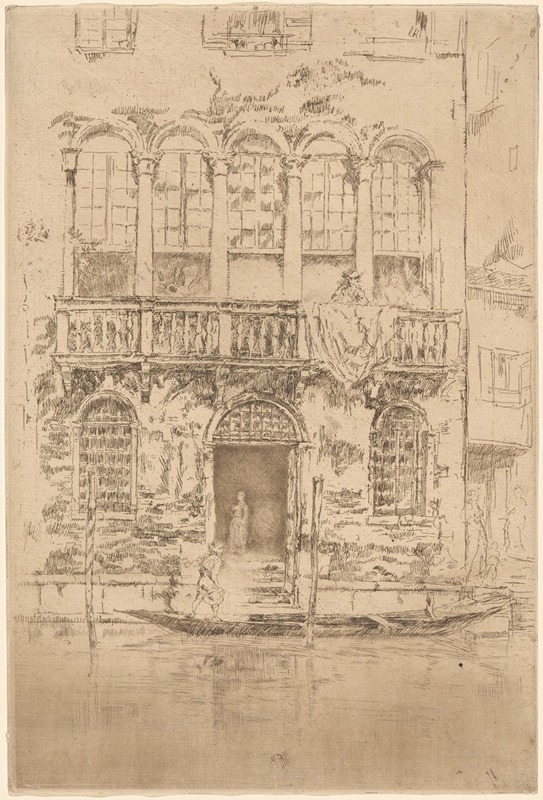
The Balcony
A hand-painted replica of James Abbott McNeill Whistler’s masterpiece The Balcony, meticulously crafted by professional artists to capture the true essence of the original. Each piece is created with museum-quality canvas and rare mineral pigments, carefully painted by experienced artists with delicate brushstrokes and rich, layered colors to perfectly recreate the texture of the original artwork. Unlike machine-printed reproductions, this hand-painted version brings the painting to life, infused with the artist’s emotions and skill in every stroke. Whether for personal collection or home decoration, it instantly elevates the artistic atmosphere of any space.
James Abbott McNeill Whistler's painting "The Balcony" is an exemplary work that showcases the artist's distinctive style and his interest in the interplay of color and form. Whistler, an American-born artist who spent much of his career in Europe, is known for his contributions to the Aesthetic Movement, which emphasized art for art's sake and prioritized beauty and harmony over narrative content.
"The Balcony" was painted in 1864-1870, during a period when Whistler was deeply influenced by Japanese art and design, a trend known as Japonisme. This influence is evident in the composition and use of color in "The Balcony." The painting features a group of figures on a balcony, with a view that suggests an urban setting. Whistler's use of muted tones and his focus on the arrangement of figures and space reflect his interest in creating a harmonious visual experience rather than a detailed narrative scene.
Whistler's technique in "The Balcony" is characterized by his use of a limited color palette and his application of paint in a manner that emphasizes surface texture and tonal harmony. This approach aligns with his broader artistic philosophy, which sought to create works that were akin to musical compositions, where the arrangement of elements was more important than the depiction of specific subjects or stories.
The painting is also notable for its exploration of light and atmosphere. Whistler was adept at capturing the subtle effects of light, and in "The Balcony," he uses this skill to create a sense of depth and mood. The figures are rendered with a softness that suggests the play of light and shadow, contributing to the overall aesthetic effect of the work.
"The Balcony" reflects Whistler's broader artistic goals, which were to challenge the conventions of traditional narrative painting and to elevate the importance of aesthetic experience. His work was often controversial and provoked strong reactions from critics and the public alike. Whistler's emphasis on beauty and form over content was a departure from the more literal and detailed styles that were popular in the 19th century.
Whistler's influence extended beyond his own work; he played a significant role in the development of modern art by advocating for the autonomy of art and the importance of the artist's vision. His ideas and techniques influenced a generation of artists who followed, contributing to the evolution of art in the late 19th and early 20th centuries.
Today, "The Balcony" is appreciated not only for its aesthetic qualities but also for its role in the broader context of Whistler's career and the development of modern art. The painting is part of the collection at the Freer Gallery of Art in Washington, D.C., where it continues to be studied and admired by art historians and the public alike. Whistler's legacy as a pioneer of aesthetic principles and his contributions to the art world remain significant, and "The Balcony" is a testament to his innovative approach to painting.





